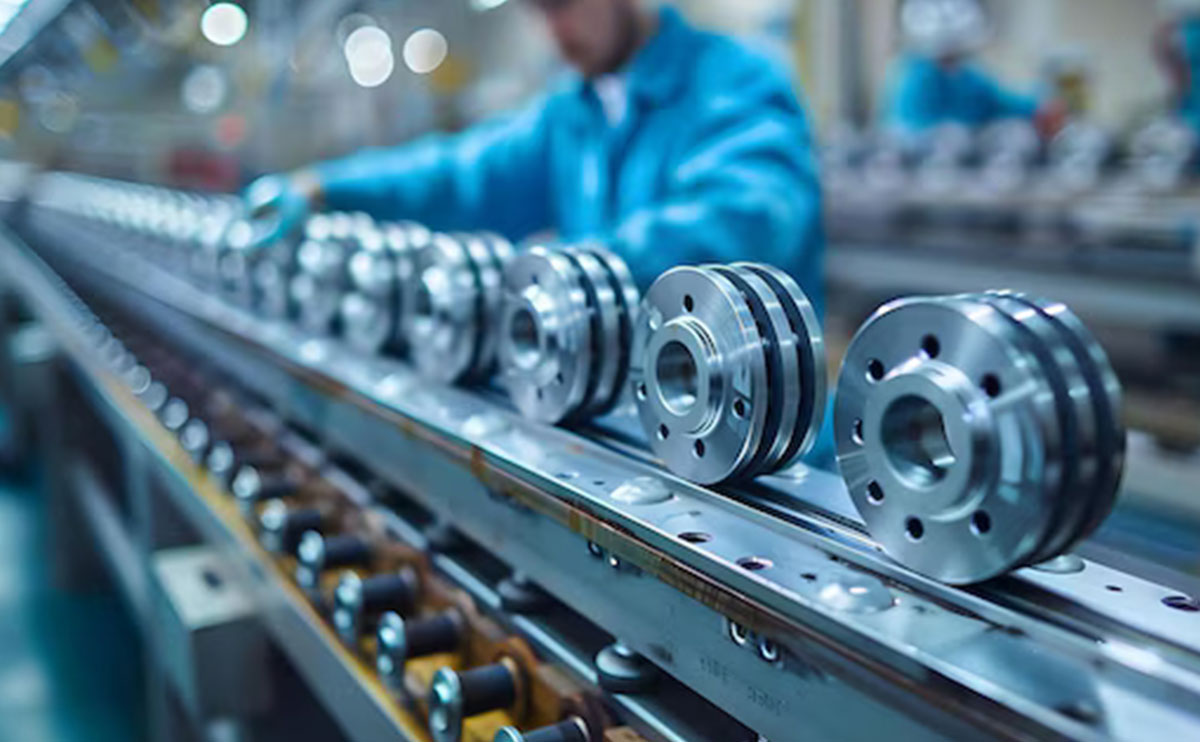Bearings, seemingly simple components, are the unsung heroes of modern machinery. From the smallest gadgets to the largest industrial equipment, bearings ensure smooth, efficient, and reliable operation. But what exactly goes into the science of these crucial components? Let’s delve deeper.
Understanding the Fundamentals
At its core, a bearing is a mechanical element designed to reduce friction between two moving parts. It achieves this by supporting and guiding the movement of one part relative to another. This principle is fundamental to the operation of countless devices, from bicycles to wind turbines.
Types of Bearings
The world of bearings is incredibly diverse, with each type tailored to specific applications and load requirements. Some common types include:
- Ball Bearings: These consist of steel balls rolling between two rings (races). They are widely used due to their low friction and high rotational speeds.
- Roller Bearings: These utilize cylindrical or tapered rollers, offering higher load capacity compared to ball bearings, making them suitable for heavy-duty applications.
- Needle Bearings: These employ small, cylindrical rollers, enabling compact designs and high load capacity in limited spaces.
- Angular Contact Ball Bearings: These can handle both radial and axial loads, making them ideal for applications with combined loads.
- Tapered Roller Bearings: These are designed to handle heavy radial and thrust loads at high speeds, commonly found in automotive transmissions and large industrial machinery.
The Science Behind Bearing Performance
The performance of a bearing is influenced by several key factors:
- Load Capacity: The maximum load a bearing can withstand without failure.
- Speed Capability: The maximum rotational speed a bearing can operate at without overheating or damage.
- Friction: The resistance to motion, which affects efficiency and wear.
- Accuracy: The precision of the bearing’s dimensions and tolerances, influencing its rotational smoothness and accuracy.
- Longevity: The expected lifespan of the bearing under specific operating conditions.
The Strength and Durability
The materials used in bearing construction play a critical role in their performance. High-quality steel alloys are commonly employed for their strength, hardness, and resistance to wear. Advanced materials like ceramics are also used in specialized applications, offering superior wear resistance and reduced friction.
Lubrication
Proper lubrication is essential for optimal bearing performance. Lubricants reduce friction, dissipate heat, and protect the bearing surfaces from wear and corrosion. Different types of lubricants, such as grease and oil, are selected based on the specific operating conditions and bearing requirements.
Understanding the Causes of Bearing Failure
Bearing failures can have significant consequences, leading to equipment downtime and costly repairs. Understanding the causes of bearing failure is crucial for preventing future issues. Common causes include:
- Overloading: Exceeding the bearing’s load capacity.
- Contamination: Entry of foreign particles, such as dust or debris.
- Misalignment: Improper installation or alignment of the bearing.
- Corrosion: Chemical reactions leading to deterioration of the bearing surfaces.
- Lubrication problems: Insufficient or improper lubrication.
The Future of Bearing Technology
Advancements in materials science, manufacturing processes, and lubrication technologies are constantly pushing the boundaries of bearing performance. New materials, such as hybrid ceramics, offer improved wear resistance and reduced friction. Nanotechnology is being explored to create even more durable and efficient bearing surfaces. Additionally, advancements in monitoring and diagnostics technologies are enabling predictive maintenance, helping to prevent bearing failures before they occur.
Engineers and designers can select and utilize bearings effectively, ensuring the optimal performance and longevity of their machinery.

